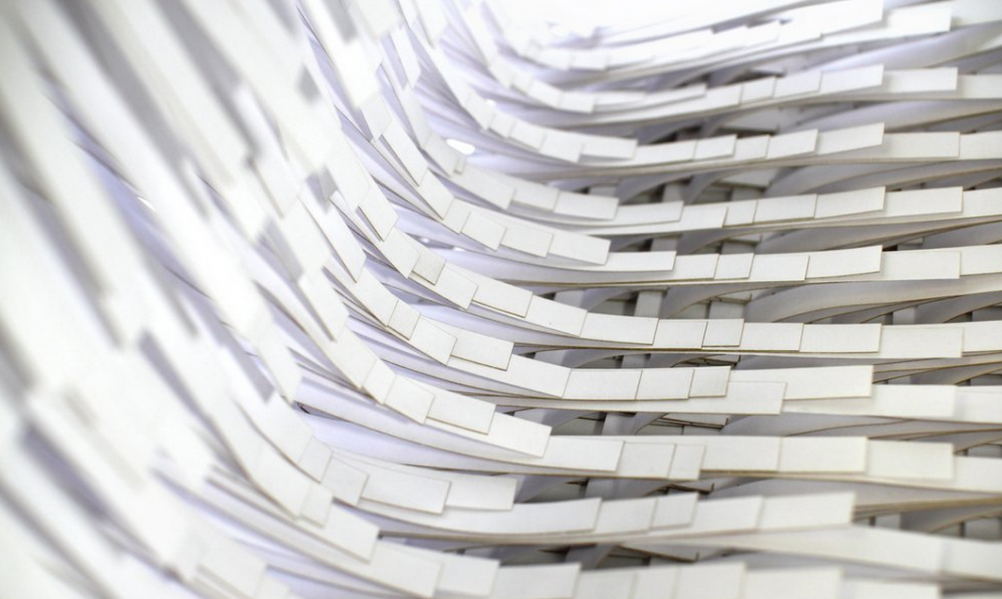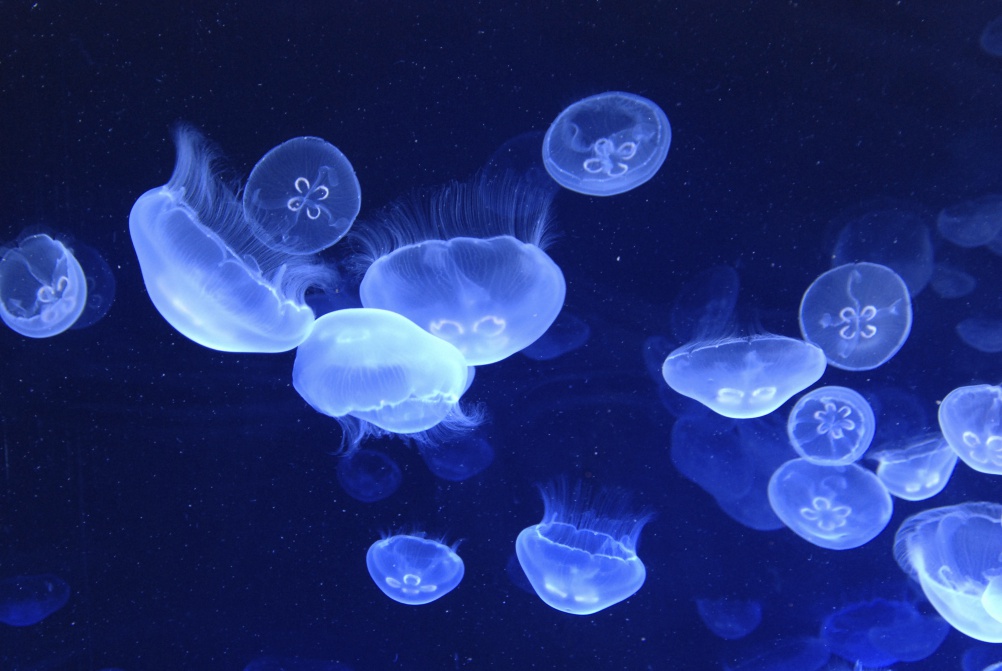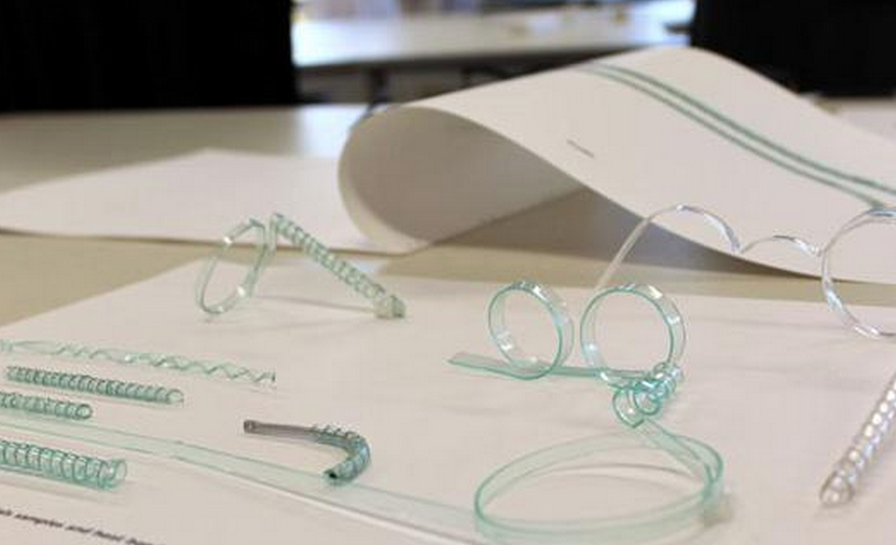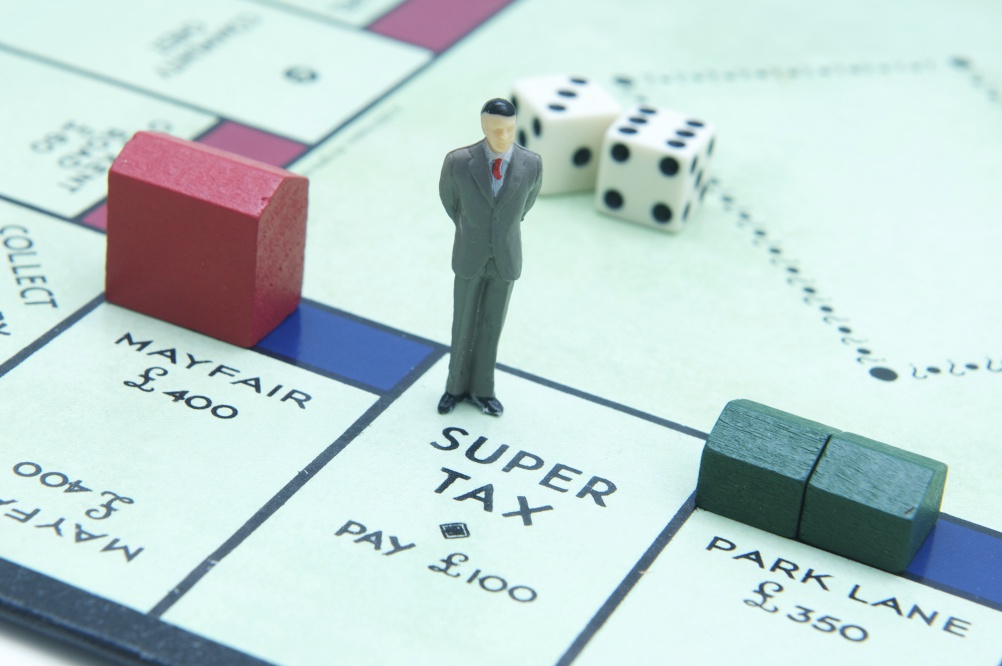How young designers are solving environmental problems
Royal College of Arts graduates have been working on a series of individual projects which are looking to solve critical environmental and social issues through design.

Royal College of Arts students have been working on a series of projects under the banner New Narratives, are looking to solve critical environmental and social issues through design.
Ultimately the graduates are hoping to affect change so that new economic and political paradigms can be forged.
Next month Sustain RCA, the RCA’s research unit dedicated to sustainability, will present a New Narratives exhibition as part of the London Design Festival.
We selected a few key projects and spoke to Gina Lovett from the SustainRCA team about what visitors can expect.
Leather Alternatives

100% Jellyfish Leather is by Design Products masters student Yurii Kasao.
Raising animals requires huge amounts of feed, pasture, water and fossil fuels. Turning animal skin into leather by tanning also requires the use of large amounts of energy and hazardous chemicals.
Gina Lovett: “Jellyfish blooms are becoming increasingly abundant due to overfishing and climate change and could become a resource. Kasao has looked at processes to obtain jellyfish and to dry it so that it can be used in a manner similar to leather. Jellyfish leather can be cut, sewn and re-moulded like conventional leather. All the materials, which are used for this leather production, are organic and therefore biodegradable.”
Circular Economy:

Mono is by Design Products masters student Parsha Gerayesh-Nejad.
The circular economy focuses on careful resource management and keeping materials in circulation meaning there is little to no waste produced, and pollution is prevented. The emphasis is on designing less products and more services.
GL: “Traditionally eyewear is composed of multiple components. The end product is generally not easily disassembled or repaired and people are encouraged to upgrade their glasses on a regular basis. All of this contributes to a huge waste stream.
“Mono uses a single, continuous piece of stainless steel to create an eyewear frame. Designed for mass manufacture, the frame is created by adapting CNC wire-bending technology typically used in spring manufacturing. The nature of this process involves a length of wire that is fed through the machine and bent at a continuous desired angle.
“Since a single length of wire is used to form the glasses, it is possible to create bespoke sized frames by simply adjusting the amount of wire used. The arms maintain stability but are also able to fold as a standard hinged arm would. Due to the single material, Mono can be easily disassembled for recycling. The stainless steel means that Mono can be melted down to form another product and re-used – stainless steel can be recycled almost infinitely without material losing value.”
Decentralised Energy

Moya Power is by Innovation Design Engineering masters student Charlotte Slingsby
Decentralised energy is produced close to where it will be used rather than at a large plant before being sent through the National Grid. This local generation reduces the losses from transmission and lowers carbon emissions.
GL: “Moya Power is a dynamic material of printed wind energy harvesting structures that scavenge energy by being installed in overlooked and obscure locations. It creates a distributed network of wind energy harvesting structures and goes where other energy solutions cannot. It is lightweight, can harness low-grade energy, it’s designed for mass manufacture and it can be installed and maintained easily.
“The material is a printed, semi-transparent sheet that enables it to be light, low cost, flexible and scalable. Each sheet is moved by the wind to generate electricity.”
London Housing Crisis

Mayfair new town is by MA architecture student Guy Rochez
Unaffordable houses, soaring rental rates, an increasing population, ruthless estate agents and profit driven developers are creating problems which are seen by many as a political, social and environmental crisis.
GL: “Mayfair New Town is a response to the UK housing crisis based on the sharing economy and empty central London properties. It proposes a new town in the heart of central London through the optimisation of underused infrastructure and new social housing schemes.
“The project speculates on how the Grosvenor Estate could leverage an ‘empty homes tax’, along with shifts in housing policy, market forces and the explosion of the sharing economy as a strategy for long-term stewardship over Mayfair.
“The area has a cyclical history of reinvesting to regain a social balance that was once thriving and is now all but lost.”
New Narratives: Sustain RCA Show and Awards 2015, takes place from 18 September – 02 October at Royal College of Art, Kensington Gore, London SW7 2EU
-
Post a comment




